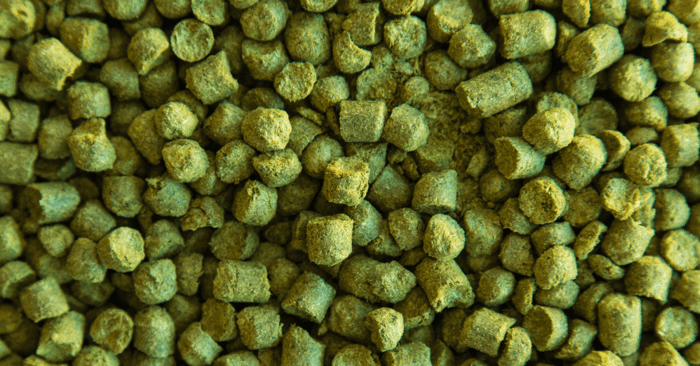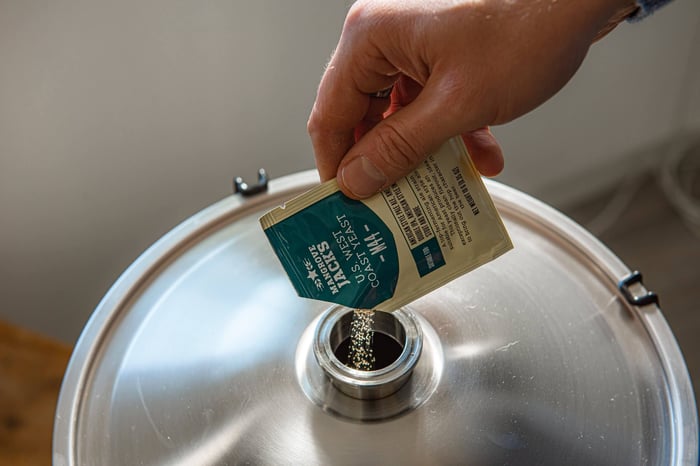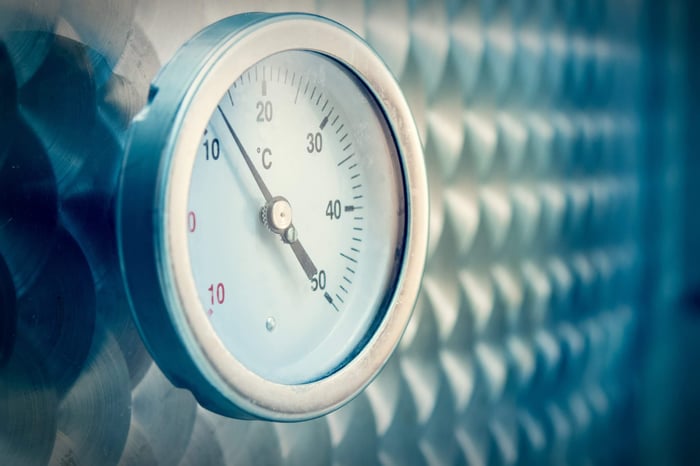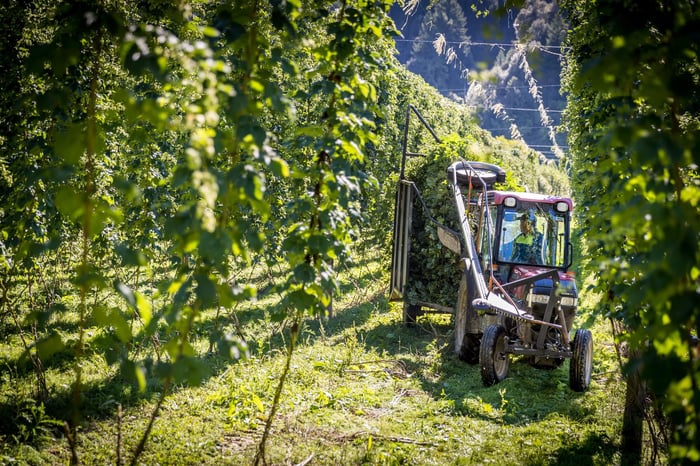Common Dry Hopping Pitfalls (And How to Avoid Them)
Pitfall #1: The "More is Better" Trap - Many Kiwi brewers think extended hop contact creates better aroma. Wrong move. Extended contact actually strips away those beautiful volatile compounds you're chasing. Research shows optimal extraction happens within 4-24 hours, not weeks.
Pitfall #2: Cold Dry Hopping Only - Adding hops to cold, finished beer might seem safer, but you're missing out on enhanced oil solubility that comes with warmer temperatures. Here's a better approach.
Pitfall #3: Ignoring Fermentation Activity - Timing your hop additions around fermentation activity isn't just smart – it's essential for getting the most from your New Zealand hops.
The Warm Addition Technique That Actually Works
Add your dry hops when fermentation reaches approximately 1.020 specific gravity. Why this timing? You're leveraging gentle convection currents from ongoing fermentation to naturally distribute hops throughout your beer, without vigorous activity that would strip aromatics.
The process is straightforward:
- Monitor fermentation and add hops at 1.020 SG
- Allow exactly 3 days contact at fermentation temperature
- Chill beer for 24-36 hours
- Transfer off yeast and spent hops
This timeline might seem brief, but Peter Wolfe's research demonstrates that full aroma extraction occurs much faster than most brewers realise.
Why This Method Delivers Superior Results
Enhanced hop integration: Your beer develops clean, integrated hop character rather than that harsh, extracted quality that plagues many dry-hopped beers.
Improved hop efficiency: Achieve equivalent aromatic intensity using approximately 25% fewer hops – particularly valuable when using premium New Zealand varieties like Nelson Sauvin or Riwaka.
Eliminates harsh characteristics: This technique prevents development of resinous, pine-like notes that can overpower the unique characteristics of New Zealand hops.
Faster production cycles: Complete process from 1.020 to transfer takes just 5-6 days total.
Consideration: This method renders yeast unsuitable for harvesting, so plan your brewing schedule if you typically reuse yeast.
Learning from Commercial Operations
Professional breweries worldwide have developed similar approaches through trial and refinement:
Stone Brewing chills to 17°C immediately after primary, removes yeast, then adds hops. They circulate three times over 36 hours, finding that dry hopping with yeast present reduces astringency.
Russian River employs staged additions at 16°C over 6-14 days, noting better aroma development at 20°C.
Great Divide maintains 20°C for 7 days using whole hops, whilst Smuttynose focuses on high-alpha varieties exclusively.
Recommended Hopping Rates (Metric Measurements)
For New Zealand IPAs: 4-6g per litreFor Pale Ales: 2-4g per litreFor Session styles: 1-2g per litre
Adjust based on hop oil content – New Zealand varieties often pack more aromatic punch per gram
Tips for New Zealand Hop Varieties
Nelson Sauvin: Responds brilliantly to this warm addition method, developing complex wine-like characteristics without harsh extraction.
Riwaka: Short contact time preserves the delicate citrus oils that make this variety special.
Motueka: Excellent for this technique, maintaining clean lime character without vegetal notes.
Kohatu: Benefits from warm extraction, developing tropical fruit notes more effectively.
Troubleshooting Your Technique
If your beer tastes too grassy: Reduce contact time to 2 days or lower addition temperature slightly.
If aroma seems weak: Check hop storage conditions and consider increasing rate rather than extending time.
If you're getting harsh flavours: Ensure you're transferring off spent hops promptly after chilling.
The key to mastering dry hopping lies in understanding your specific system and ingredients. Start with these guidelines, then refine based on your results and preferences.
Want to explore more advanced brewing techniques? Check out our comprehensive Brewing 101 series for methods that'll take your brewing to the next level.
Questions about adapting this technique to your setup? Contact us – we love helping fellow brewers perfect their craft!
Grainfather Team










